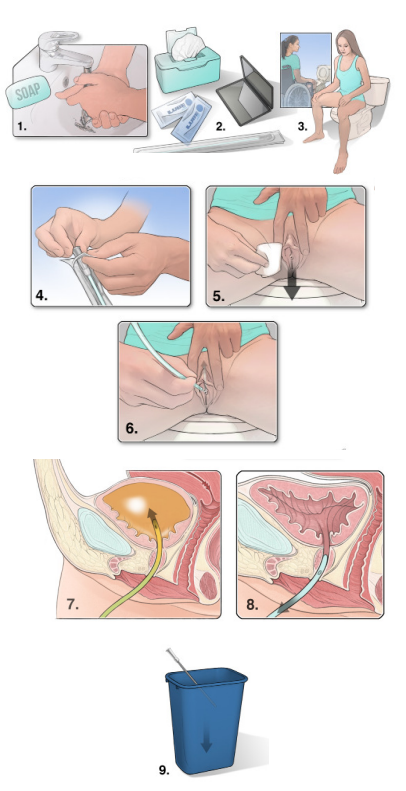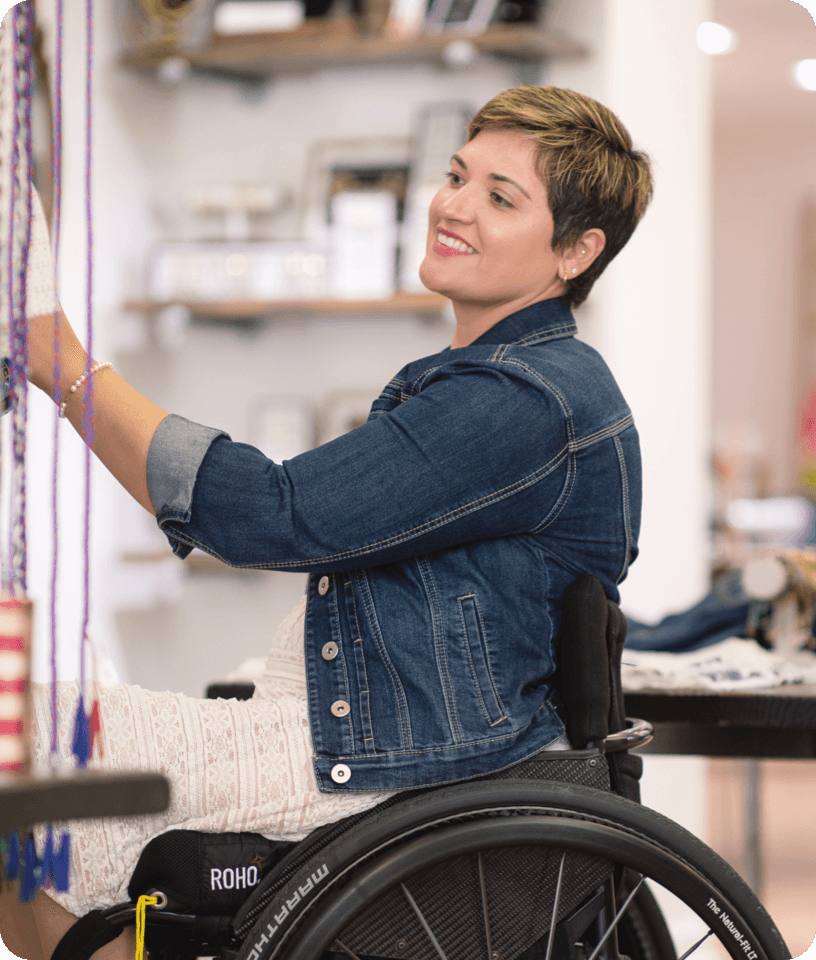Female Intermittent Catheterization: A Step-by-Step Guide for Women
Clean intermittent catheterization is a crucial self-care technique for many individuals managing bladder issues. While external catheters for women are available for some conditions, intermittent catheterization often provides a more effective solution for bladder emptying. A common concern for those new to the process is whether a catheter is painful for a woman. While there may be some initial discomfort, proper technique and lubrication can make the process comfortable and virtually pain-free. This guide will walk you through the essentials of clean intermittent self-catheterization, providing valuable information for both men and women to manage their bladder health effectively and maintain their independence and quality of life.
Before you begin, gather your supplies:
Catheter in sealed wrapper
Lubricant if not using a hydrophilic catheter
Handwashing materials
Collection device if not cathing while sitting on or near a toilet

1. Thoroughly wash hands with soap and water or use an antibacterial hand cleaner.
2. Lay out the supplies so they are within easy reach.
3. Position yourself in comfortable position on the toilet or in your wheelchair with your legs spread apart.
4. Prepare the catheter:
a. Hydrophilic catheter: If your catheter has water sachet inside, before opening, squeeze the packet in half inside the outer package until the liquid bursts open. Tilt outer package back and forth or let sit for 30 seconds if necessary (follow specific manufacturer directions on packaging). Open outer package and remove new lubricated catheter.
b. If using lubricant, open catheter and remove from package. Apply generous amount of lubricant to the tip and first several inches of the catheter.
5. Using your non-dominant hand, separate the labia with two fingers to locate the urethra. With the labia separated, wash the urethral area from front to back with a towelette. Never go back and forth over the urethral opening.
6. With your dominant hand, insert the catheter gently into the urethral opening, inserting until urine begins to flow.
7. Hold the catheter in place until the urine stops flowing, completely emptying the bladder.
8. When urine stops flowing, slowly rotate the catheter between your fingers while withdrawing the catheter.
9. Properly dispose of the catheter and used materials. Wash your hands.
